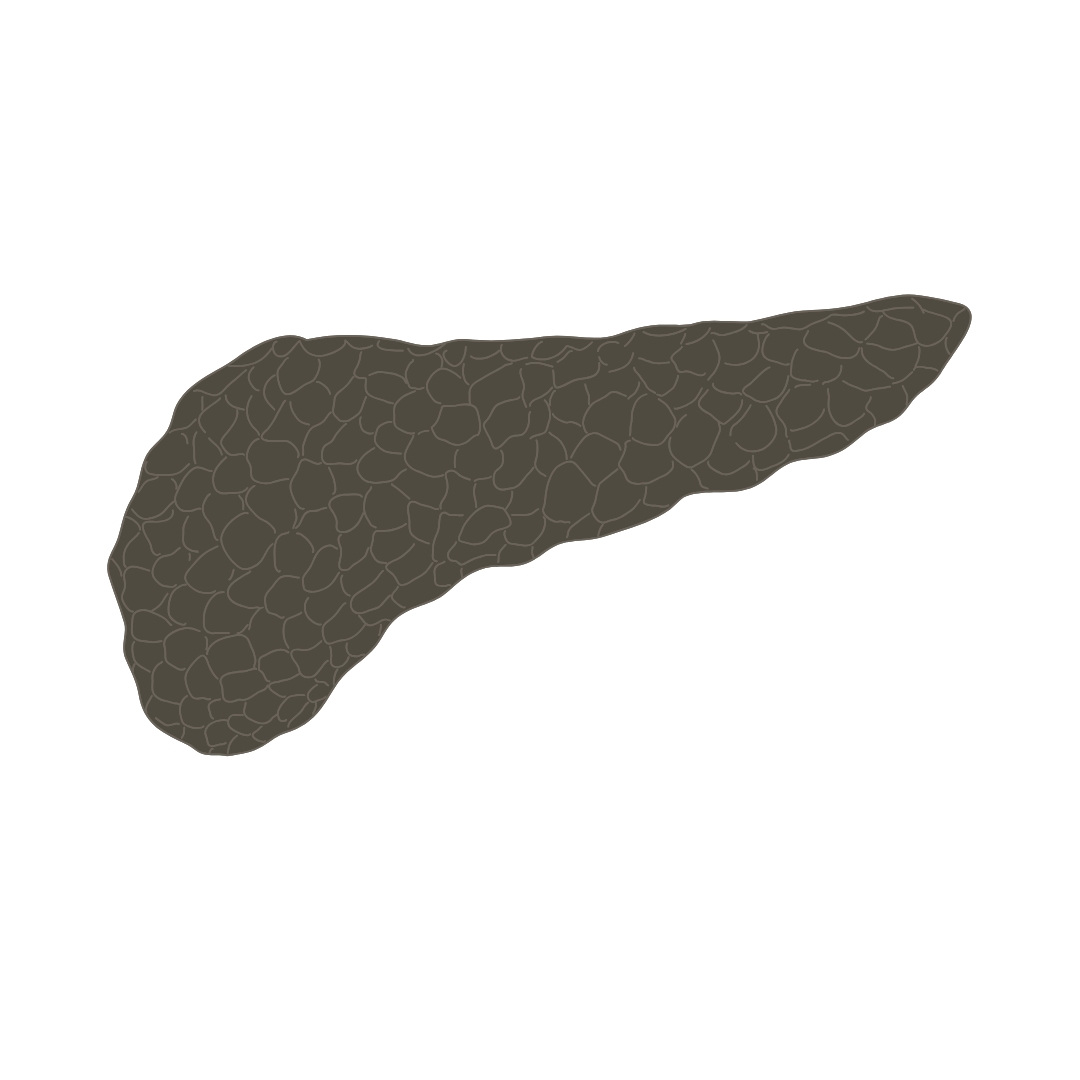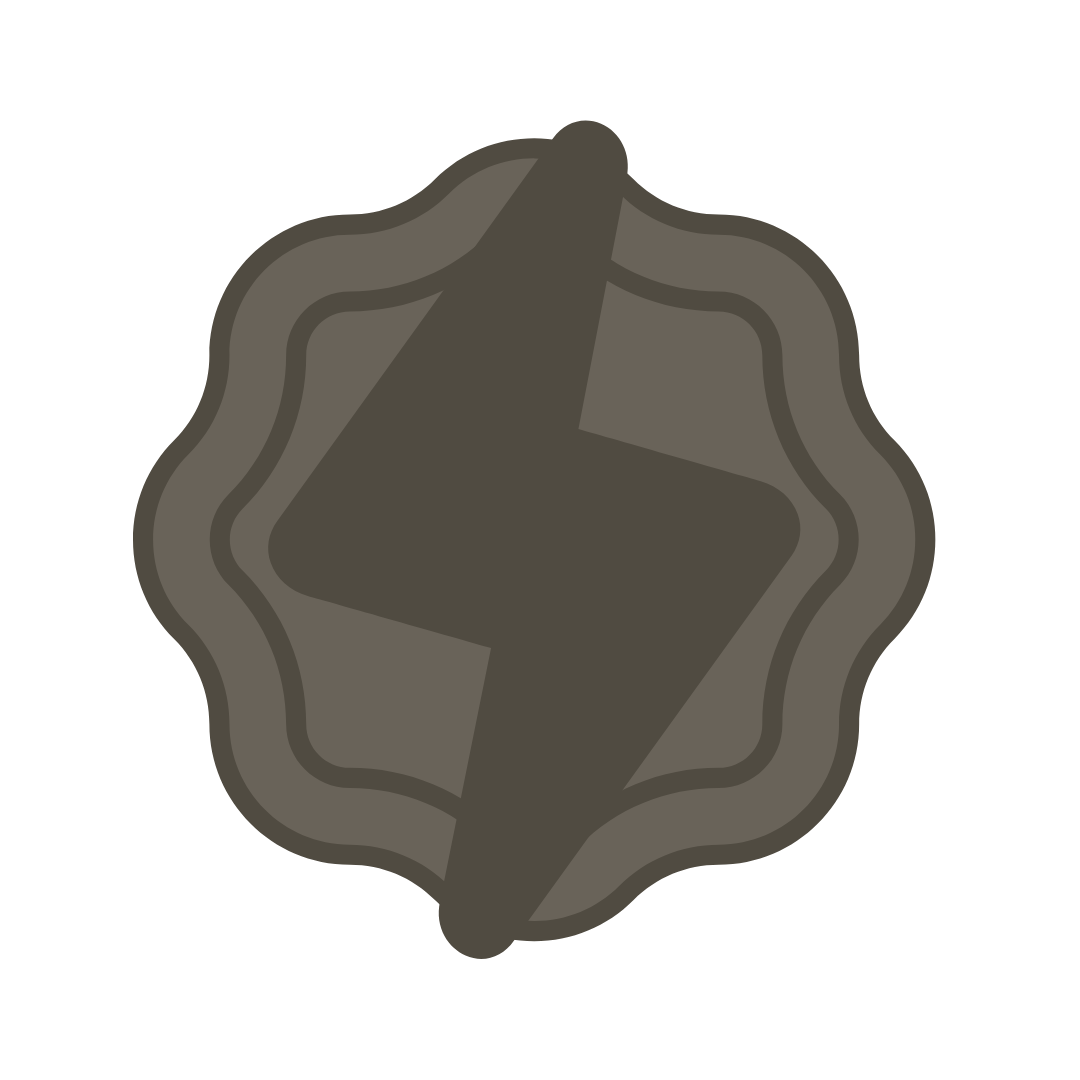Labratory Testing
What we test for…
Female Health
-
Progesterone plays a key role in the menstrual cycle, pregnancy, and overall hormone balance.
a-Pregnanediol, b-Pregnanediol
-
Estrogen is a key hormone that influences many systems in the body, including reproductive health, mood, metabolism, and cardiovascular function.
Estrone (E1), Estradiol (E2), Estriol (E3 aka 16-OHE2), 2-Hydroxyestrone (2-OHE1), 4-Hydroxyestrone (4-OHE1), 16-Hydroxyestrone (16-OHE1), 2-Methoxyestrone (2-MeOE1), 2-Hydroxyestradiol (2-OH-E2), 4-Hydroxyestradiol (4-OH-E2)
-
Testosterone plays a crucial role in both men and women, influencing energy levels, mood, muscle mass, libido, and overall well-being.
5a-Androstanediol, Epi-Testosterone, 5a-DHT, Eticholanolone
-
DHEA-S helps regulate androgen and estrogen production, supports muscle strength and bone density, influences energy levels and metabolism, plays a role in mood regulation and cognitive function, and supports immune system function.
-
Andosterone plays a role in hormonal balance, metabolism, and neurological function.
-
Typically, hormone levels follow a pattern:
Estrogen is low at the start of the cycle, rises around ovulation, and then decreases in the luteal phase, otherwise known as the latter part of the cycle.
Progesterone remains low until after ovulation, when it ideally increases significantly (>10-fold) and then decreases during the luteal phase.For some women, testing reproductive hormones like progesterone and estrogen on a single day can provide sufficient information. However, to receive a complete and accurate picture, it’s often necessary to map hormone levels throughout the entire menstrual cycle.
Male Health
-
Progesterone plays a key role in overall hormone balance.
a-Pregnanediol, b-Pregnanediol
-
Estrogen is a key hormone that influences many systems in the body, including reproductive health, mood, metabolism, and cardiovascular function.
Estrone (E1), Estradiol (E2), Estriol (E3 aka 16-OHE2), 2-Hydroxyestrone (2-OHE1), 4-Hydroxyestrone (4-OHE1), 16-Hydroxyestrone (16-OHE1), 2-Methoxyestrone (2-MeOE1), 2-Hydroxyestradiol (2-OH-E2), 4-Hydroxyestradiol (4-OH-E2)
-
Testosterone plays a crucial role in both men and women, influencing energy levels, mood, muscle mass, libido, and overall well-being.
5a-Androstanediol, Epi-Testosterone, 5a-DHT, Eticholanolone
-
DHEA-S helps regulate androgen and estrogen production, supports muscle strength and bone density, influences energy levels and metabolism, plays a role in mood regulation and cognitive function, and supports immune system function.
-
Andosterone plays a role in hormonal balance, metabolism, and neurological function.
Blood
-
Hemoglobin is found in red blood cells and is responsible for transporting oxygen. It is also responsible for giving red blood cells its color.
This test is commonly used to assess overall health, detect blood disorders, or other disorders of the body.
-
MCH is a measurment that indicates the average amount of hemoglobin in each red blood cell. MCH can help detect anemias and other disorders of the body.
-
Hematocrit is the percentage of red blood cells in the blood. This test can help detect anemias and blood disorders.
-
MCHC measures the average amount of hemoglobin in red blood cells.MCHC can help detect anemias, blood disorders, and other disorders of the body.
-
MCV measures the average size red blood cells. MCV can help detect anemias and other disorders of the body.
Heart
-
HDL is your ‘good’ cholesterol, which helps to remove ‘bad’ cholesterol from your blood.
-
LDL carries cholesterol from the liver to the body’s tissues and is considered the ‘bad’ cholesterol. When there is too much LDL in the bloodstream, it can build up in the walls of the arteries forming plaque - increasing the risk of heart disease and stroke.
-
Lp(a) is considered an independent risk factor for cardiovascular disease.
High levels of Lp(a) can contribute to the buildup of plaque, which increases the risk of cardiovascular disease and stroke.
-
CRP is a protein produced by the liver in response to inflammation. CRP can help detect heart disease, tissue damage, infections, and inflammatory conditions.
Liver
-
Albumin is a protein that is found in blood that plays a role in maintaining blood volume and pressure. Albumin levels can help detect kidney dysfunction, liver disease, and digestive issues.
-
Bilirubin is a yellow-orange pigment produced when red blood cells are broken down, which is filtered by the liver and then excreted from the body. Bilirubin levels are an improtant indicator of liver function.
-
Globulin is a group of proteins found in the blood that help immune function, blood clotting, and transporting hormones. Globulin levels can help detect liver disease, immune disorders, blood clotting disorders, and kidney disease.
-
GGT is an enzyme found primarily in the liver that plays a role in liver detoxification. GGT levels can help detect liver disease and bile duct dysfunction.
-
ALT is an enzyme in the liver that helps convert food into energy. ALT levels show us the function and health of the liver.
-
AST is an enzyme found primarily in the liver, but also in other organs of the body. AST plays a role in the metabolism of amino acids.
AST levels can help detect liver disease, heart disease, or other dysfunctions of the body.
-
ALP is an ezyme found throughout the body, including the liver, bile ducts, bones, and kidneys. ALP plays a role in the metabolism of phosphate and calcium.
ALP levels can help detect liver disease, bone disorders, and bile duct dysfunction.
Kidneys
-
BUN measures the amount of urea nitrogen in your blood. Urea nitrogen is a waste product produced by the liver which is then filtered out by the kidneys.
BUN levels show the health of the kidneys.
-
eGFR is a blood test that measures kidney function by measuring factors such as age, body size, gender, and creatinine levels. eGFR tells us the health of the kidneys and risk of kidney disease.
-
Creatinine is a waste product produced by muscle that is filtered out by the kidneys. Creatinine levels can help detect kidney dysfunction or disease, and muscle disorders.
-
Potassium is an essential mineral that is needed by all tissues in the body. Potassium levels can help detect kidney disease, high blood pressure, and heart disease.
-
Calcium is an essential minderal that plays a ccrucial role in kidney function. Calcium levels can help detect kidney dysfunction and disease.
Pancreas
-
Amylase is an enzyme made by your pancreas and salivary glands that help break down carbohydrates. Amylase levels can help detect pancreatic dysfunction or disorders.
-
Lipase is a digestive enzyme that is mainly produced by the pancreas. Lipase levels can help detect pancreatic dysfunction or disorders.
Thyroid
-
T4 is produced in the thyroid and released into the bloodstream. It is convered into Triiodothyronine (T3). This test is cross-referenced with TSH and T3, which provides information of thyroid function.
-
T3 is one of the strongest thyroid hormones, helping regulate our bodily functions. T3 levels can indicate thyroid diseases, such as hyperthyroidism or hypothyroidism.
-
TSH is produced by the pituitary gland and controls the release of our thyroid hormones.
-
Thyroglobulin antibodies are created against thyroglobulin, a protein used to make T3 and T4 hormones. If these antibodies are present, they can indicate thyroid related autoimmune disorders.
Brain
-
ApoE is a protein that carries cholesterol and helps repair brain injuries. Specific ApoE gene variations are associated with an increased risk of Alzheimers, and cardiovascular disease.
-
Amyloid beta 40 and Amyloid Beta 42 are peptides that plays a role in Alzeimer’s disease. The ratio of these two can indicate and an increased risk of Alzheimer’s disease.
-
P-tau217 is a protein that has been associated with the formation of tau tangles, a hallmark feature of Alzheimer’s disease.
-
The MTHFR gene provides instructions for making the MTHFR enzyme, which plays a role in processing amino acids. MTHFR genetic varations can indicate a variety of health conditions, including Homocystinuria, age-related hearing loss, Alopecia areata, Anencephaly, Spina bifida, and more.
-
NfL’s are cytoskeletal proteins that are highly specific for neurons. NfL is a biomarker for several neurodegenerative conditions, including Alzheimer’s disease, multiple sclerosis, and amytrophic lateral sclerosis (ALS).
-
This tests for the classic food allergies: dairy, eggs, gluten, soy, fish, shellfish, peanuts, and tree nuts.
-
Measures IgE antibodies to sesame seed proteins.
-
Measures IgE antibodies to Wheat proteins.
-
Measures IgG antibodies to cacao proteins.
-
Measures IgG antibodies to casein proteins.
-
Measures IgG antibodies to coffee proteins.
-
Measures IgG antibodies to Maize/Corn proteins.
-
Measures IgG antibodies to tomato proteins.
-
Measures IgG anitbodies to yeast proteins.
-
Tests susceptibility to allergens found in mold, dander, insects, grasses, trees, and weeds.
Allergies & Sensitivities
-
Glucose is a simple sugar that serves as one of the body’s most important sources of energy.
Too much glucose can cause or exacterbate a multitude of dieases. Too little glucose or a lack of absorption of glucose can cause a decline in health.
-
Insulin is a hormone produced by the pancreas that plays a key role in regulating blood sugar (glucose) levels.
-
Hemoglobin A1c measures the average blood sugar (glucose) attached to blood cells over the past 90 days.
HbA1c provides great insight into the body’s ability to process glucose.
-
Uric acid is a natural waste product that forms when your body breaks down purines - a substance found in certain foods.
High levels of uric acid can be caused by metabolic disorders, such as gout, anemia, and immunodeficiencies.
-
Adiponectin is a hormone that plays a role in regulating glucose levels and fatty acid breakdown.
Low levels of adiponectin are associataed with obestiy, diabetes, and cardiovascular disease.
-
C-peptide is a substance made in the pancrease alongside insulin. It is released in equal amounts to insuline, making it a useful marker for measuring how much insulin your body is producing naturally.
-
Leptin is a hormone produced primarily by fat cells that helps regulate appetite and energy balance in the body. Due to this, abnormal leptin levels can affect our apetite.
Metabolism
-
Albumin is a protein found in blood. Normally, albumin is not found in urine.
When albumin appears in the urine, this means there is dysfunction with the kidneys, as the kidneys filter out the Albumin.
-
Bilirubin is process by the liver and normally excreted in stool.
When there is dysfunction in the liver, bilirubin can show up in the urine, indicating a liver or bile flow problem.
-
The color of urine can provide great insight into the body’s health.
Variations in the pigment of urin can be influenced by hydration, diet, medications, or medical conditions.
-
Ketones are produced when fat is metabolized for energy instead of carbohydrates. When high levels are found, this is usually seen in uncontrolled diabetes, prolonged fasting, starvation, or ketogenic diets.
-
Nitrites are produced by bacteria in the urinary tract. When elevated levels of nitrite are present, this indicates there is an infection in the urinary tract.
-
Occult blood is microscopic blood in the urine which can be caused by a multitude of conditions.
-
The pH balance of urine can help diagnose underlying dieases or conditions.
-
Measures the concentration of the urine by comparing the density to water ratio.
Abnormal values can provide information into kidney function, or hydration.
-
Granular casts are formed from the breakdown of cells in the kidney tubules. If present in the urine, this can indicate kidney damage.
-
Low loevels or protein are normally found in urine. Elevated levels however may indicate kidney disease, infections, high blood perssures, or other conditions affecting the kidneys function.
-
Red blood cells are not noramlly found in urine. When present, this may indicate infection, kidney stones, trauma or other conditions.
-
Low levels of white blood cells are usually considered noraml. However when elevated in urine, this can indicate infection, inflammation, or increased immune system activity.













